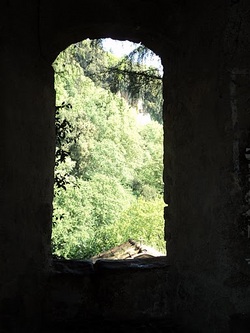
With found time, we sat in the lobby and ordered a coffee, surprised when it came out as espresso in demitasses with a plate of sugar cookies. This is “caffe” in Italy. They call our coffee Americano. Simona stood before us and introduced herself as our guide. She led us out front to her Volkswagen subcompact. It was just us.

Simona wound us out of downtown and into the countryside. We made our way to Mazzano Romano, a medieval village. When I stepped out of the car, I spun around in slow motion. We were about 1,000 feet up in the lush green hills, overlooking a forest and river. I got out my camera and struggled with what to shoot. It was all beautiful. We bought fresh zucchini, cherry tomatoes, eggplant, and a potato from the vegetable stand in town, where we tasted enormous green peas from the pod. We walked through winding cobblestone alleys to Il Drago, the at-once elegant and rustic home where we would be cooking.

2. Don’t let onions burn. When sautéing onions, if the fat melts before the onions are cooked, add a bit of water to keep them from burning.
3. You don’t have to chop garlic. Heat olive oil and add the whole clove of garlic, let simmer, then remove it. The oil will be infused with garlic, but you won’t have to fear burning it while you cook the rest of your dish. This tip was a revelation for me because it eliminates the need to chop garlic, a task I hate. Just smash the clove, remove the skin and throw it in.
4. Rethink your Balsamic vinegar. Fresh strawberries are delicious when macerated in balsamic vinegar and a bit of raw sugar. Just slice them, throw a few dashes of vinegar (cheap is fine for this task) and a sprinkle of Turbinado and you’re done.


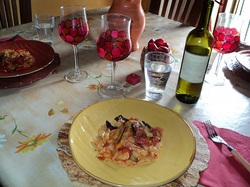
8. Gnocchi shouldn’t be dense. I was not thrilled at the prospect of making gnocchi, since the only types I’d ever tried were gummy or dense. We had a fresh potato, and we learned gnocchi is better made from “old potatoes you forgot about.” I said, “In that case, I was born to make gnocchi!” Old potatoes can be boiled into submission, but we baked ours, skin on. Then we removed the skin while still hot (a job for my husband) and mashed it manually, adding flour until it became silky. Simona’s father, also a master gnocchi chef, adds egg yolk, but Fabio says no. “I have to ask Fabio why. I don't understand it.” When we tasted it, it was light and delicious. Simona said, “Eh, is better than I thought.”
10. If you want more fiber, eat more vegetables. I can’t say I’m totally on board with this one. I asked Simona what she thought of whole wheat pasta. An innocent question, I thought. Though she was friendly and easy going in general (except for when I almost ruined the ravioli while clumsily threading it through the pasta machine), this prompted a tirade about how only pasta made with durum flour is worth eating and that the absolute lowest quality pasta she will cook with is Barilla. She ticked off a sample menu of pasta and noted that you could have a pasta dinner for under 400 calories including salad. “Why do you eat this kind of pasta, so you can go to the bathroom? Eh, eat more vegetables.” Thankfully, I asked this as a hypothetical question and Daniel, bless him, did not sell me out. We also learned her favorite dry pasta is Garafalo. On a related note: when we took our tour of Chianti, the tour guide mentioned that olive oil, cold pressed from the trees we walked past in Tuscany is “fat free.” Gotta love that Italian patriotism.



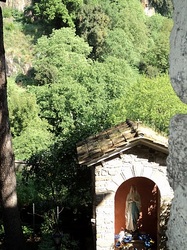

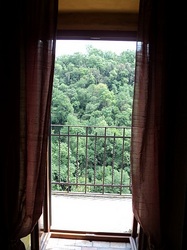
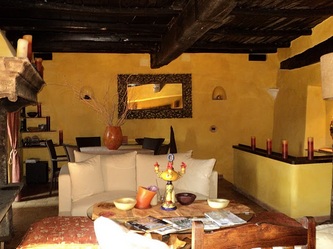
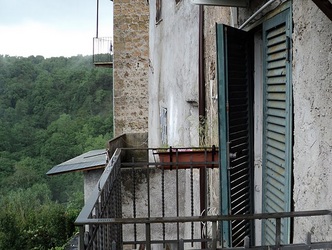




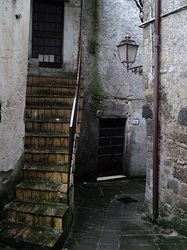
 RSS Feed
RSS Feed


